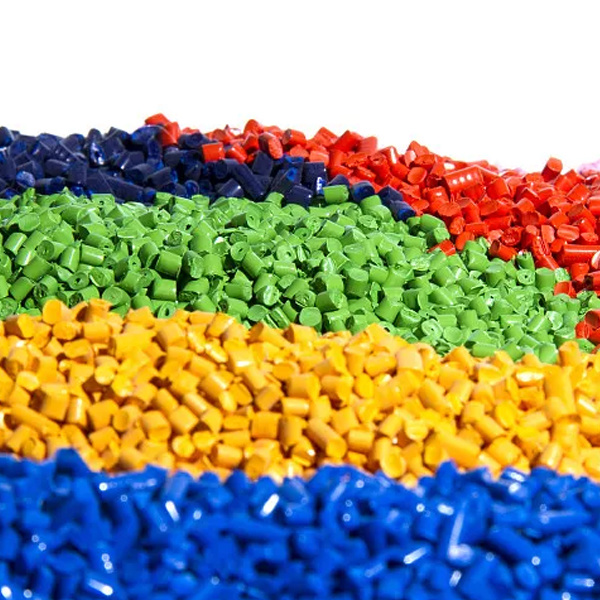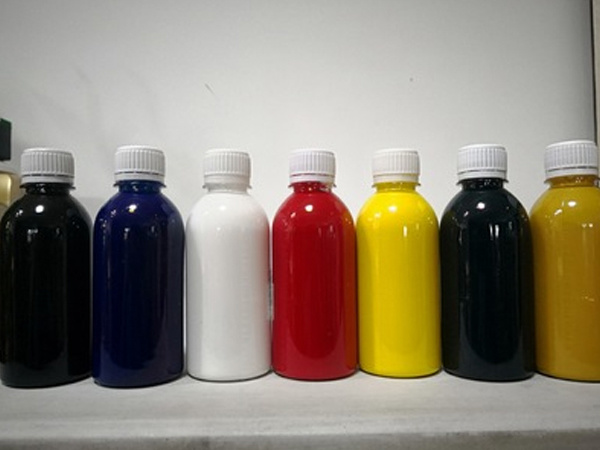How to choose the pigment for plastic plastic? --- Choose the right pigment to improve the quality of plastic products
Release time:
2023-12-27
Author:
Source:
Plastic products are closely related to people's lives, from toiletries to tableware, packaging supplies and children's toys. With the continuous improvement of people's color requirements, the choice of plastic pigments is very important. The performance of plastic pigments directly affects the quality of plastic products. In this paper, we will take you to understand from the selection of pigments to improve the quality of plastic products. According to different use characteristics, plastics are usually divided into three types: general plastics, engineering plastics and special plastics. There are five varieties of general plastics, namely polyethylene (PE), polypropylene (PP), polyvinyl chloride (PVC), polystyrene (PS) and acrylonitrile-butadiene-styrene copolymer (ABS). These five categories of plastics occupy the vast majority of the use of plastic raw materials, and the rest can be classified as special plastic varieties, such as PPS, PPO, PA, PC, POM, etc., which are used in daily life products. It is mainly used in high-end fields such as engineering industry, national defense technology, such as automobiles, aerospace, construction, communications and other fields. What are the specific requirements for pigments in plastic products?
Plastic ProductsIt is closely related to people's life, from washingProductto the cutlery,PackagingSupplies andChildrenToys,peopleThe continuous improvement of color requirements,plastic pigmentChoice is crucial,PlasticThe properties of pigments directly affectPlasticproductsQualityIn this paper, weFromChoose the right pigment,Increased plasticProduct qualityTogetherTake you to understand.
PlasticAccordingDifferent use characteristics, usually plastic is dividedgeneral purpose plasticengineering plastics andspecial plasticThree types. There are five varieties of general-purpose plastics, namelyPolyethylenePENPolypropylene(PP), polyvinyl chloride (PVC),Polystyrene(PS) andAcrylonitrile-Butadiene-StyreneCo-polymer (ABS). These five categories of plastics occupy the vast majority of the use of plastic raw materials, and the rest can be classified as special plastic varieties, such as PPS, PPO,PA,PC, POM, etc., they are rarely used in daily life products, mainly used in the engineering industry, national defense science and technology and other high-end fields, such as automotive, aerospace, construction, communications and other leadingDomain.
Plastic products for pigmentsRequirementsWhat are specificWhat?


1,Tinting strength, the tinting strength of a pigment refers to the amount of pigment required for a certain color product, expressed as a percentage of the tinting strength of a standard sample.The greater the tinting power,PigmentsThe smaller the amount, the lower the coloring cost.tinting strengthwithChemical composition of pigments,The size and shape of the pigment particles are related. The tinting strength generally increases with the decrease of the particle size of the pigment, but after exceeding a certain limit, it decreases with the decrease of the particle size, so there is an optimal particle size that makes the tinting strength the strongest.
2,Heat resistance, the heat resistance of organic pigments for plastic coloring referscertain processing temperatureLowerand within a certain period of time, does not occur obviouslyofcolor change,Tinting strength andPerformanceChange. Pigmentsin plasticFormingPoor temperature resistance,OccurrenceColor changes, but also affect his light fastness and mobility.While considering the heat resistance of the pigment, it is also necessary to consider its heating time, because when the plastic is processed into products, the processing method is different, and the heating time is different; usually the higher the temperature, the shorter the heat resistance time.
3. light resistance (weather), light resistance is the ability of plastic products to maintain color under sunlight exposure, weather resistance is the color change of plastic products under sunlight, rain, temperature and other conditions. Light resistance(Waiting)The chemical structure of the pigment and the pigment particle size, the smaller the pigment particle size, the larger the specific surface area, the worse the pigment light resistance.
4,Migration resistance
1. Migration:Pigmentsmigration from inside the plasticsurface or migrateOtherSubstanceOn.
2. Precipitation: plastic moldingWhenPollutionAbrasivesorRollBarrel
3、Blooming: to color plastic productsWith timeWillInThe surface of the product is flowered orStartingWhite.
4,Copper light: plastic products surface showed obviousofColorant for metallic luster.
5, dispersion,Pigmentsevenly dispersed in the plastic coloring processIn plasticThe ability of pigment dispersion is not good will affect the pigment color and color power. This affects the appearance of the product.
SixSecurity, IWeDaily exposure to plastic products,SuchWashSupplies andTableware, directlywith skin andMucosacontact,especiallychildren's toys,WillPut it in your mouth and chew it,ThereforeChoose plastic pigments must be safe and non-toxic.
different pigmentsProductspecies have differentcharacteristics, combined with the aboveCharacteristics, select the rightofPigments,Improveproduct quality, canAdapt to the marketspecial needs.
Key words:
Plastics, Pigments, Coloring, Plastic Products, Particle Size









